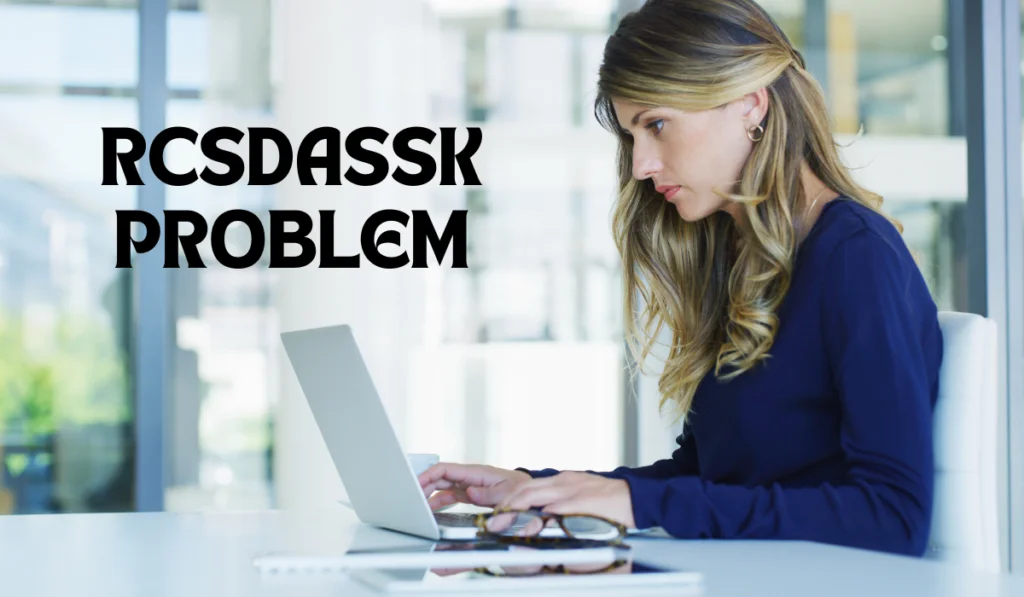In today’s e-commerce world, custom-made items have gained massive popularity. Whether it’s personalized T-shirts, mugs, business cards, or invitations, consumers are seeking unique designs that speak to their identity. Among the platforms offering this customization revolution is Zazzle—a company that has been around for years and continues to make waves in the print-on-demand industry.
But with so many online marketplaces promising quality and fast delivery, many potential customers still ask: Is Zazzle legit? This in-depth article explores Zazzle’s credibility, services, customer reviews, product quality, and whether it is a trustworthy platform for both buyers and sellers.
What is Zazzle?
Founded in 2005, Zazzle is a California-based online marketplace that allows users to create and sell custom-designed products. From apparel and accessories to home décor and paper goods, Zazzle provides a wide range of blank items that customers can personalize using its online tools.
The platform connects customers with independent artists and designers, giving creators the opportunity to earn royalties from their work. Unlike traditional retailers, Zazzle follows a print-on-demand model—meaning products are manufactured only after they are ordered.
Key Features of Zazzle:
- Custom design tools for buyers and sellers
- A wide variety of products (over 1,000 types)
- Affiliate program and marketplace for designers
- Global shipping
- 100% satisfaction guarantee
Is Zazzle a Legitimate Business?
The short answer is: Yes, Zazzle is legit. The company has been operational for nearly two decades and has built a significant online presence. It has been featured in major media outlets like Forbes, TechCrunch, and The Wall Street Journal.
Trust Indicators:
- Better Business Bureau (BBB): Zazzle has been accredited by the BBB and holds a solid rating, though like any company, it has some negative reviews.
- Customer Service: Zazzle offers support via email and chat, and in many cases, they issue refunds or replacements promptly when issues arise.
- Secure Payment Processing: Payments are processed securely using standard encryption and fraud prevention practices.
- Refund & Return Policies: Zazzle has a “100% satisfaction guarantee,” which generally allows for refunds or exchanges within 30 days.
What Do Customers Say?
To determine whether Zazzle is legit, it’s vital to examine real user experiences. The majority of Zazzle users report positive experiences, particularly praising the variety of customizable items and ease of use. However, like any large marketplace, Zazzle has its share of mixed reviews.
Positive Customer Experiences:
- Quality Products: Many customers are impressed by the quality of prints and materials, especially for items like invitations, greeting cards, and T-shirts.
- Unique Designs: Customers appreciate the vast selection of creative and unique designs by independent artists.
- Customizability: The platform’s customization tools are intuitive and powerful.
- Good Customer Support: Zazzle’s support team is often praised for being responsive and helpful.
Common Complaints:
- Shipping Delays: Some customers experience longer-than-expected shipping times, especially for international orders.
- Printing Inconsistencies: Occasionally, users receive items with misaligned prints or colors that don’t match digital previews.
- Return Hassles: While Zazzle’s return policy is generally good, some customers report delays in getting refunds.
Zazzle for Sellers: Is It Worth It?
Zazzle is not just for buyers—it’s a powerful tool for independent artists, designers, and entrepreneurs to make money through passive income.
Pros for Sellers:
- No upfront investment: You can sell designs without handling inventory or shipping.
- Global audience: Zazzle has millions of users, giving sellers a broad reach.
- Flexible royalties: Sellers can set their own royalty rates, typically between 5% and 99%.
- Marketing Tools: Zazzle offers some tools for promoting stores, including social media integration.
Cons for Sellers:
- High competition: With millions of products on the platform, standing out can be tough.
- Slow payments: Payouts are made monthly and can take time to process.
- Limited brand control: Sellers must operate within Zazzle’s ecosystem and design templates.
Still, for many artists and small business owners, Zazzle is a legit platform to earn income from their work without overhead costs.
Zazzle vs. Competitors
To assess Zazzle’s legitimacy, it’s helpful to compare it to similar custom product platforms such as Redbubble, Teespring, Society6, and Printful.
| Platform | Founded | Customization Tools | Product Range | Payout Model | Target Users |
| Zazzle | 2005 | Advanced | Wide (1,000+) | Royalties | Buyers & Sellers |
| Redbubble | 2006 | Basic | Apparel-focused | Royalties | Artists |
| Teespring | 2011 | Moderate | Apparel & Merch | Profit-based | Influencers |
| Printful | 2013 | Advanced | Broad (via integrations) | Profit-based | Ecommerce businesses |
While all are legitimate businesses, Zazzle stands out for its sheer product variety, robust design tools, and support for both buyers and sellers.
How Safe is it to Shop on Zazzle?
Online safety is a major concern in 2025, with many users falling prey to scams and identity theft. Fortunately, Zazzle employs industry-standard data encryption, payment gateway protection, and fraud detection measures to keep transactions safe.
Safety Measures Include:
- SSL certificates for secure browsing
- Verified payment processors (PayPal, credit cards)
- Account privacy and data protection policies
- Ability to report sellers or products violating Zazzle’s guidelines
Customers should still exercise standard caution, such as reviewing seller ratings and double-checking previews before purchasing.
Tips for a Great Zazzle Experience
To make the most of Zazzle and avoid common pitfalls, here are a few tips:
- Review Seller Ratings: Look for sellers with multiple sales and positive reviews.
- Check Previews Carefully: Use Zazzle’s preview tool to double-check alignment and text before checkout.
- Read Product Descriptions: Materials and sizes can vary by item.
- Use Coupons: Zazzle frequently offers discounts via email and seasonal sales.
- Track Orders: Keep an eye on order tracking, especially during peak seasons like holidays.
Zazzle’s Environmental Commitment
One of the growing concerns with print-on-demand companies is their environmental impact. Zazzle addresses this by producing items only when ordered, reducing waste from unsold inventory.
Additionally, Zazzle has made steps toward sustainable practices, including:
- Reducing packaging waste
- Offering eco-friendly products (e.g., reusable tote bags)
- Working with print partners that meet environmental standards
While not perfect, Zazzle’s approach is more eco-friendly than traditional mass production.
Final Verdict: Is Zazzle Legit?
So, is Zazzle legit? Based on its operational history, positive customer feedback, seller ecosystem, and transparent policies, the answer is a resounding yes.
Pros:
- Long-standing and reputable company
- Huge selection of customizable products
- Good customer support and satisfaction guarantees
- Great opportunity for designers and artists
Cons:
- Occasional shipping or print issues
- Competitive marketplace for new sellers
- Slight learning curve for customization tools
Whether you’re a shopper looking for unique gifts or an artist wanting to monetize your creativity, Zazzle is a trustworthy and legit platform that delivers on its promises.
Frequently Asked Questions (FAQs)
1. Is Zazzle safe to buy from?
Yes, Zazzle uses secure payment systems and encrypted data transfers.
2. Can you make money on Zazzle?
Yes, designers earn royalties on every sale. Many users generate passive income this way.
3. Does Zazzle offer returns?
Yes, most items are covered under a 30-day return policy.
4. Are Zazzle products good quality?
Quality is generally good, though it may vary depending on the print partner.
5. Is Zazzle better than Redbubble or Teespring?
It depends on your needs—Zazzle offers more product types and advanced customization, while Redbubble and Teespring are simpler and more apparel-focused.










